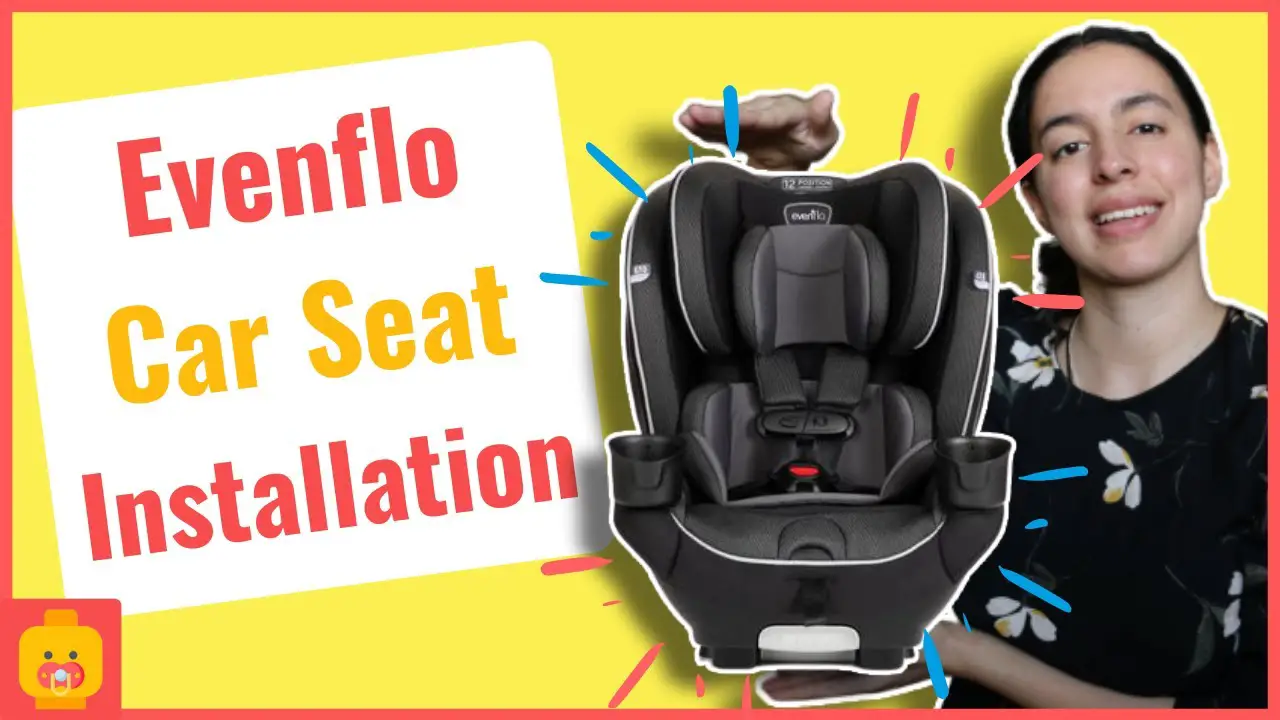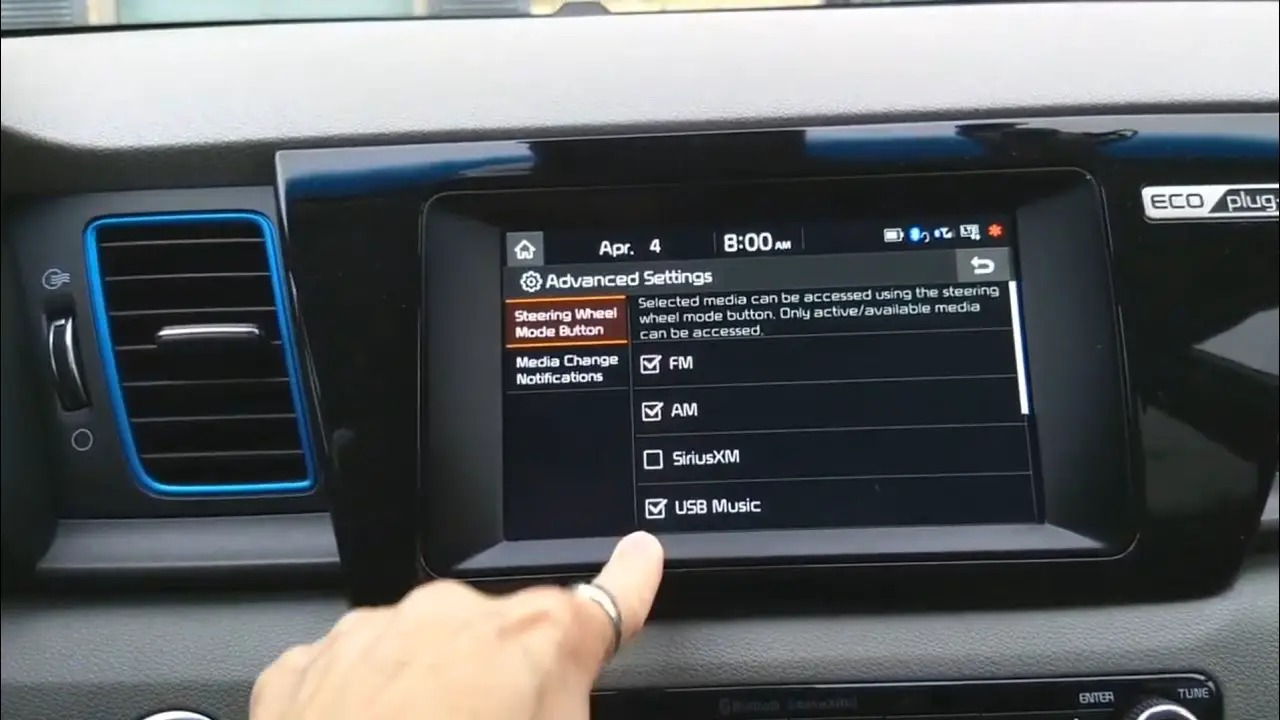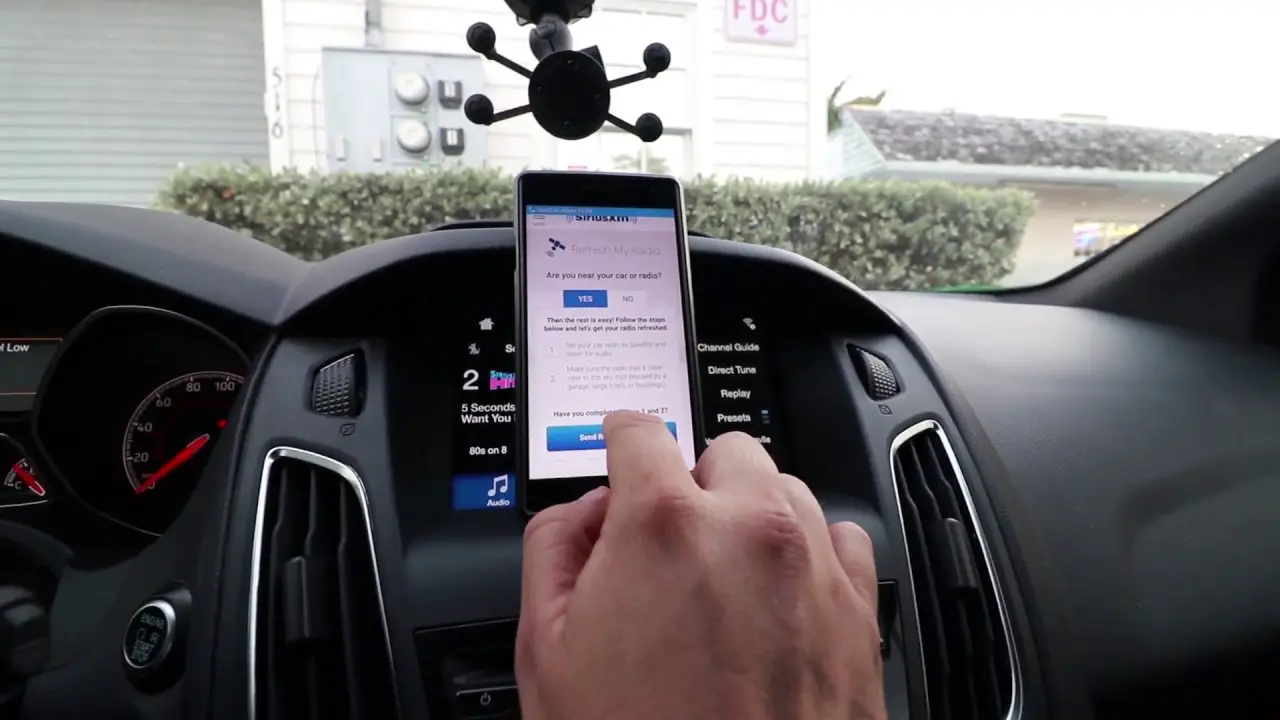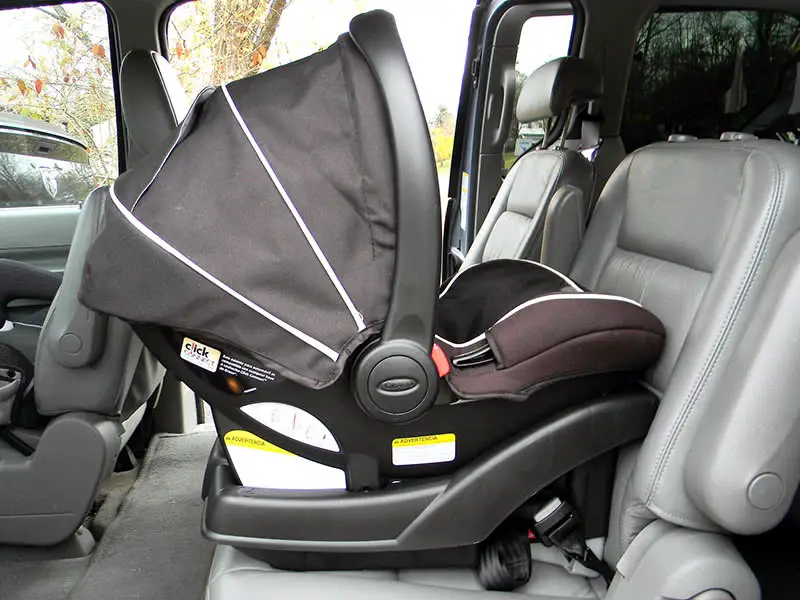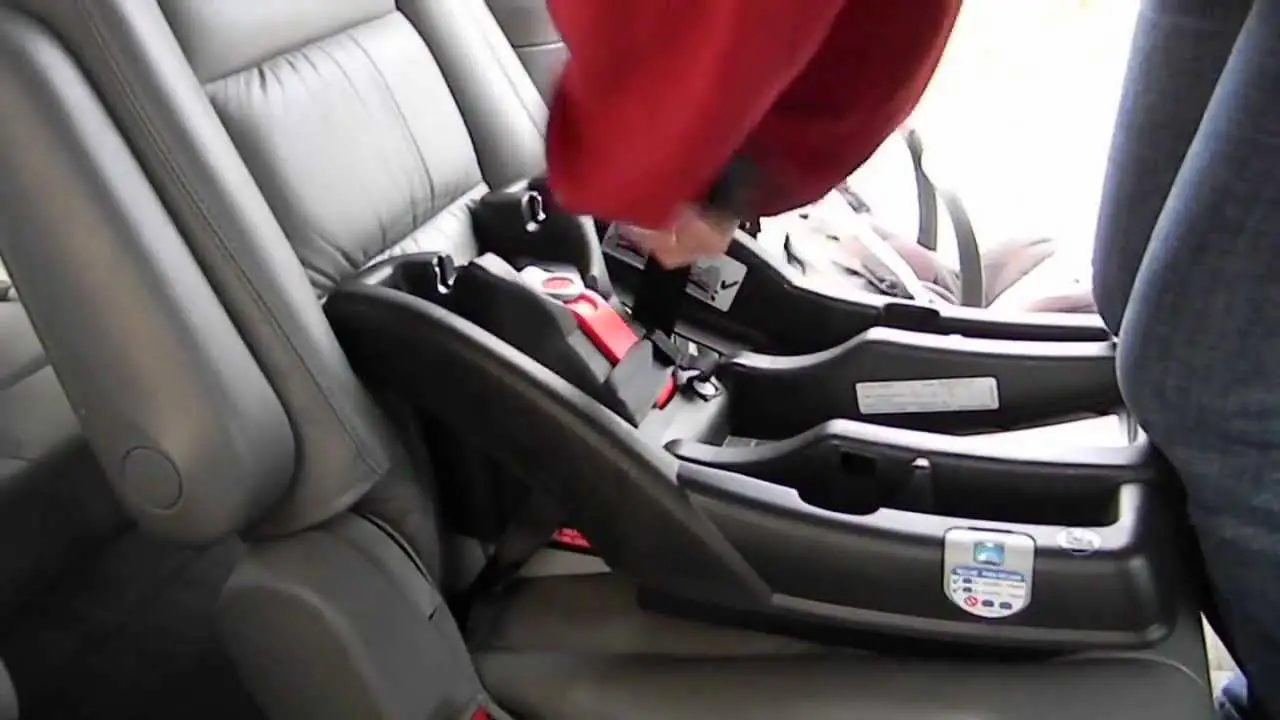Have you ever wondered how to remove 3m tape from your car without damaging the paint? Well, I’m here to share a simple solution that will save you both time and money.
Over time, 3m tape can leave behind residue on your car’s surface, making it look unsightly. But fear not, because with a few basic tools and a little patience, you can easily remove it. Start by heating the tape with a hairdryer to soften the adhesive. Then, use a plastic scraper or a credit card to gently lift the tape away from the car.
Finally, apply some rubbing alcohol to a cloth and wipe off any remaining residue. Voila! Your car will be tape-free and looking fresh again. So, no need to stress about that 3m tape anymore, as removing it is as easy as 1-2-3!

Important
Welcome to our comprehensive guide on how to remove 3M tape from your car. With 3M tape being a popular adhesive choice for various automotive applications, it’s essential to know the proper techniques for removing it without causing damage. Whether you’re trying to remove an old decal, strip, or trim, we’ve got you covered.
In this article, we’ll walk you through step-by-step instructions, share expert tips, and provide alternative methods for removing 3M tape from your car.
Why and When Should You Remove 3M Tape from Your Car?
Before we dive into the removal process, let’s explore why and when you might need to remove 3M tape from your car. There can be several reasons why you would want to remove it:
- Replacing or upgrading: If you’re looking to replace or upgrade your car’s trim, decals, or strips, you’ll need to remove the existing 3M tape.
- Resale or repainting: When selling your car or repainting a specific area, removing the 3M tape ensures a clean surface without any residue.
- Damage or wear: Over time, 3M tape can wear out or get damaged. Removing it allows you to repair or replace the affected area.
Now that we understand why and when to remove 3M tape from your car, let’s move on to the step-by-step process.
Gather the Necessary Tools
Before starting the removal process, gather the following tools:
- Heat gun or hairdryer
- Plastic scraper or credit card
- Adhesive remover or rubbing alcohol
- Clean microfiber cloth
- Car shampoo and wax (optional)
These tools will make the removal process easier and safer for both your car’s surface and yourself.
Heat the 3M Tape
Start by using a heat gun or hairdryer on a medium setting to warm up the 3M tape. Hold the tool 2-3 inches away from the tape and move it back and forth evenly. The heat will soften the adhesive, making it easier to remove.
Use a Plastic Scraper or Credit Card
Once the tape is heated, use a plastic scraper or credit card to gently lift the edges of the tape. Be careful not to scratch or damage the car’s surface. Gradually work your way along the tape, applying even pressure to separate it from the car.
Apply an Adhesive Remover or Rubbing Alcohol
If any adhesive residue remains on the car after removing the tape, apply an adhesive remover or rubbing alcohol to a clean microfiber cloth. Gently rub the residue in a circular motion until it comes off. Repeat this process until the surface is clean and free of adhesive.
Cleaning and Finishing Touches
With the 3M tape removed, it’s time to clean the surface and add finishing touches.
Wash the Car
Using a car shampoo and water, wash the area where the 3M tape was located. This will remove any remaining residue and ensure a clean surface.
Apply Car Wax (Optional)
If you want to restore the shine and protect the paint, apply car wax to the area using a soft cloth or applicator. Follow the instructions on the wax packaging for the best results, and make sure the paint is completely dry before applying.
Alternative Methods for Removing 3M Tape from a Car
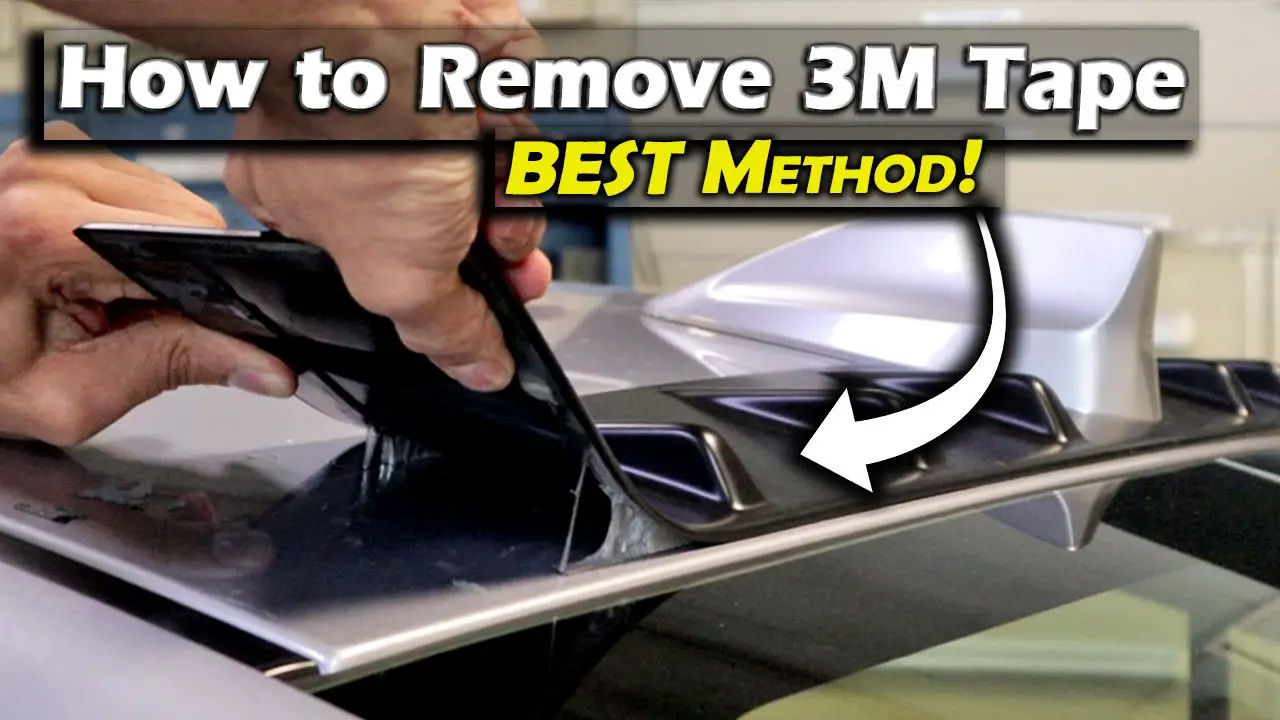
In addition to the heat and scraping method described above, there are a few alternative methods you can try:
Using Dental Floss or Fishing Line
If the 3M tape is located in a tight or curved area, using dental floss or fishing line can be effective. Simply slide the floss or fishing line behind the tape and use a sawing motion to separate it from the car.
Using a Plastic Razor Blade
A plastic razor blade can be useful for removing 3M tape from delicate surfaces or areas susceptible to scratches. The plastic blade is less likely to damage the paint while effectively lifting the tape.
Using a Commercial Adhesive Remover
If the adhesive residue is stubborn and difficult to remove, using a commercial adhesive remover specifically designed for automotive use can be a viable option. Follow the instructions on the product label and use it in a well-ventilated area.
Tips for Safe and Effective 3M Tape Removal
Removing 3M tape from your car can be a delicate process, so here are some tips to ensure a safe and effective removal:
Test a Small Area First
Before applying heat or using any adhesive remover, test a small, inconspicuous area of your car to ensure it doesn’t cause any damage or discoloration.
Work in Small Sections
Instead of trying to remove the entire tape at once, work in small sections. This allows you to maintain control and prevents the heated adhesive from cooling down and becoming difficult to remove.
Be Patient
Take your time during the removal process. Rushing can lead to mistakes or damage. Patience ensures a clean and safe removal.
Clean the Surface Thoroughly
After removing the tape and adhesive residue, thoroughly clean the surface. Any remaining residue can affect the appearance and adherence of new tape or other trim.
By following these tips and methods, you can effectively and safely remove 3M tape from your car without causing any damage.
How to Remove 3M Tape from Car
- Use a hairdryer or heat gun to warm up the tape.
- Gently peel off the tape from one end to the other.
- Apply a adhesive remover or rubbing alcohol to remove any residue.
- Use a plastic card or scraper to scrape off any stubborn tape.
- Wash the area with soap and water to remove any remaining residue.
Frequently Asked Question
How can I safely remove 3M tape from my car without causing damage?
The best way to remove 3M tape from your car without damaging the surface is to use heat. Start by using a hairdryer or a heat gun to warm up the tape. Apply heat to the tape for a few minutes to soften the adhesive. Then, gently peel off the tape using your fingers or a plastic card, working slowly to avoid any pulling or tearing.
If any residue remains, use a mild adhesive remover or rubbing alcohol to gently wipe it away. Remember to test the adhesive remover on a small, inconspicuous area first to ensure it doesn’t damage the paint.
What if the 3M tape has been on my car for a long time and is difficult to remove?
If the 3M tape has been on your car for a long time, it may become more difficult to remove. In that case, you can try using a stronger adhesive remover specifically formulated for stubborn adhesives. Follow the manufacturer’s instructions carefully and apply the adhesive remover to the tape, allowing it to soak for a few minutes. This should help break down the adhesive and make it easier to remove.
If the tape still doesn’t come off easily, you can also try using a plastic razor blade or a plastic scraper tool to gently lift and scrape off the tape. Be cautious and apply minimal pressure to avoid scratching the car’s surface. If necessary, you can also repeat the process or seek professional help from a car detailing or paint shop.
Can I use a household cleaner to remove 3M tape from my car?
Using a household cleaner to remove 3M tape from your car is not recommended as it can damage the paint or clear coat. Household cleaners often contain harsh chemicals that can strip the paint or cause discoloration. Stick to using automotive-specific adhesive removers or rubbing alcohol to safely remove the tape without causing any harm to your car’s finish.
Is it safe to use a metal scraper or a razor blade to remove 3M tape from my car?
No, it is not safe to use a metal scraper or a razor blade to remove 3M tape from your car. These tools can easily scratch or gouge the paint or clear coat, causing irreversible damage. It’s best to stick to plastic razor blades or plastic scraper tools specifically designed for automotive use. These tools are less likely to cause any harm to your car’s surface.
If you’re unsure, it’s always better to be cautious and seek professional advice or assistance to avoid any accidental damage to your car.
How can I remove any residue left after removing the 3M tape from my car?
If you have any residue left after removing the 3M tape from your car, you can use a mild adhesive remover or rubbing alcohol to gently wipe it away. Apply a small amount of the adhesive remover or rubbing alcohol to a soft cloth and gently rub the residue in a circular motion. This should help dissolve and remove the leftover adhesive.
Be sure to work gently and avoid applying too much pressure to prevent damaging the paint. You can also use a clean cloth or towel to wipe away any excess residue as you go. Once the residue is completely removed, wash and rinse the area thoroughly to remove any remaining residue and to restore the shine of your car’s surface.
Conclusion
In conclusion, removing 3M tape from a car requires patience and the right approach to avoid damage to the paint. Using heat, adhesive removers, or gentle scraping methods can effectively loosen and remove the tape residue.
Prioritizing caution and testing removal methods on a small area helps prevent unintended harm to the car’s surface. Being meticulous and employing suitable techniques ensures a clean and safe removal of 3M tape, restoring the car’s appearance without compromising its paint job.


